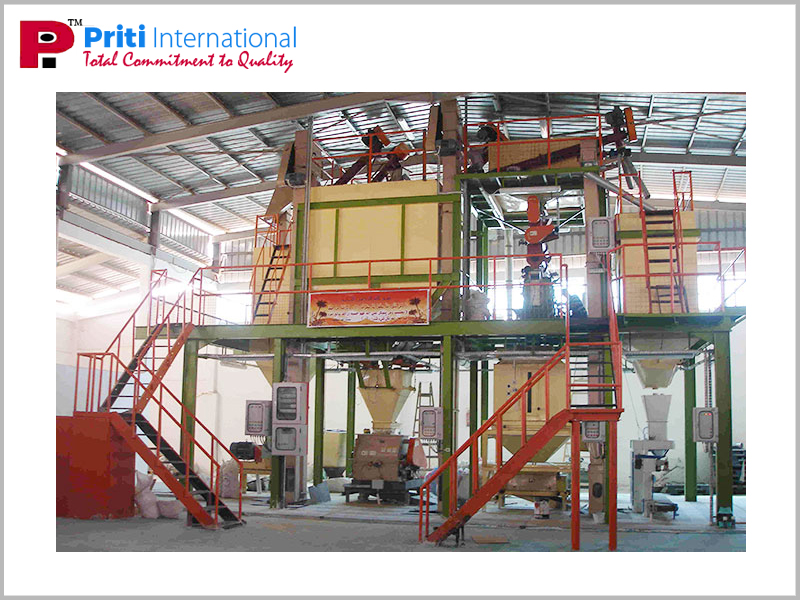 The top Poultry Feed Plant in Kolkata manufactures feeds for the poultries using the most advanced machines for blending, pelletizing, mixing, and extruding.
The top Poultry Feed Plant in Kolkata manufactures feeds for the poultries using the most advanced machines for blending, pelletizing, mixing, and extruding.
Broiler chicken feeds are available in different forms like pellet, crumble, and mash. Mash results in some residues due to the separation of grains or the coarse particles from the supplements and ingredients, which result in flicking behavior of the chickens. This issue does not occur in case of the pellet feeds, which produces even proportions as well as improved digestion of the nutrients in broiler chickens. Crumble form adds a step to the production of the pellet form by taking the pellets and then crushing them into a coarser consistency as compared to mash form. The most reputed Poultry Feed Plant in Kolkata produces all the forms of chicken feeds.
There are so many advantages of feeding poultry with the pellets rather than feeding them with mash.
- Pelletizing reduces the amount of wastes of the chicken feeds, selective eating behaviors in the chickens, and water soiling.
- Lowers the bulkiness of feed by almost 18 percent.
- Reduces the E. coli, salmonella, molds, etc and destroys the growth of inhibitors such as gossypol during processing and trypsin inhibitors.
- The pelletizing method solves the difficulties in mixing, ingredient separation, and uneven particle sizes.
- Reduces the budget to almost 15-20%.
- Produces a greater nutrient density and raises the availability of vitamin B12 and E, and also improves the ME value of some ingredients thus increasing the animal performance while producing finer feed efficiency.
Pelletizing involves conditioning the raw materials by the addition of water and heat in the form of steam. Then the conditioned ingredients are compressed into a denser mass and then shaped, pressed, and cut. The moisture and heat is withdrawn by cooling so that the ingredients can be able to withstand fairly rough handling without unnecessary breakage. Pellets can be then crumbled into small particles to allow the poultries to consume the feedstuff without any difficulty. Ingredients, moisture, particle sizes, moisture, particle size, and pellet die constraints are the key factors that affect the physical quality of the pellets. The pellets with excellent physical quality show augmented durability for withstanding the different attritional forces on those pellets. This is true for those forces, which are encountered during the transportation of the chicken feeds to the farms. The crumbling process imposes stress on the pellets and produces fines, which reduce the physical quality of the feed.
How do the pellet binders improve the quality of the chicken feed?
The quality of pellet depends on the equipments for feed processing, the conditions, and the feed formula. Since the natural binders are needed in extreme inclusion levels and with high variability, good quality pellet binders allow the feed manufacturers of the Poultry And Cattle Feed Plant in Kolkata the opportunity for greater and better formulation flexibility, consistent quality, and cost reduction per unit of binding capacity.
